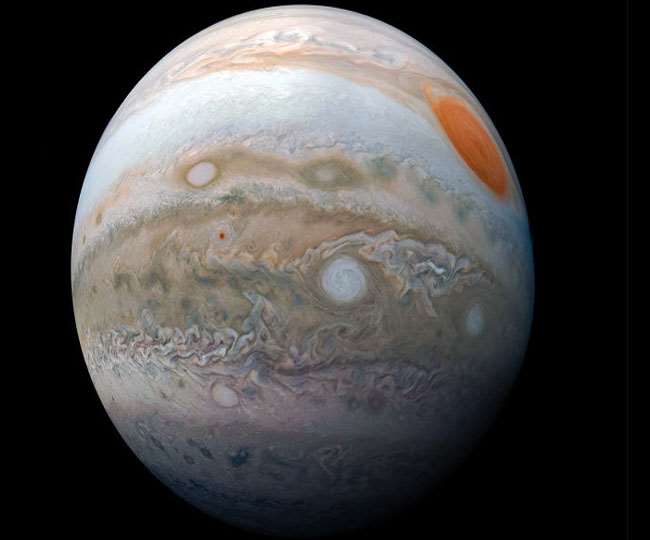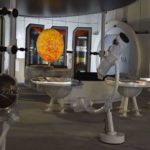
Las Angeles, Pret. Based on data from NASA’s Juno mission, scientists have studied that about 0.25 percent of the molecules in the atmosphere around Jupiter’s equator is formed by water. Juno spacecraft was launched by NASA in 2011 to study Jupiter.
The study has been published in the journal Nature Astronomy. The first study of the abundance of water on this gaseous planet has been done since the Galileo mission in 1995.
Meteorology has a wide impact
According to researchers at NASA’s Jet Propulsion Laboratory in the US, Jupiter can also be very dry compared to the Sun. This comparison is based not on the liquid view but on the presence of its components, oxygen, and hydrogen.
He said that Jupiter was probably the first planet to be formed and contains most of the gas and dust that is not in the Sun. NASA scientists said that whatever liquid water was left at the time of the formation of this planet was absorbed. The abundance of water has a very wide impact on the internal structure and meteorology of this gaseous planet.
A study done using six antennae
Scott Bolton, the principal investigator of the Juno mission at the Southwest Research Institute in the US, stated that Juno’s most surprising discovery was that the atmosphere in Jupiter does not mix well. No one had anticipated that water could be so variable on this entire planet.
NASA said in a statement that Juno’s microwave radiometer (MWR) studied Jupiter using six antennae. This allows the atmospheric temperature to be measured at multiple depths simultaneously.
They reported that water absorbs some wavelengths of microwave radiation emitted from MWR. Reported that by measuring the temperature, the position of water and ammonia in the atmosphere inside the planet can be detected. Because both these molecules absorb microwave radiation.
The researchers first focused on the equatorial region of Jupiter for the study. Because the atmosphere there also appeared to be better mixed, depth than other areas.
Juno scientist Cheng Li of the University of California at Berkeley said, “We have measured the water in the equator more clearly than in previous missions, Galileo.” Researchers said that these results are being tested better now.










